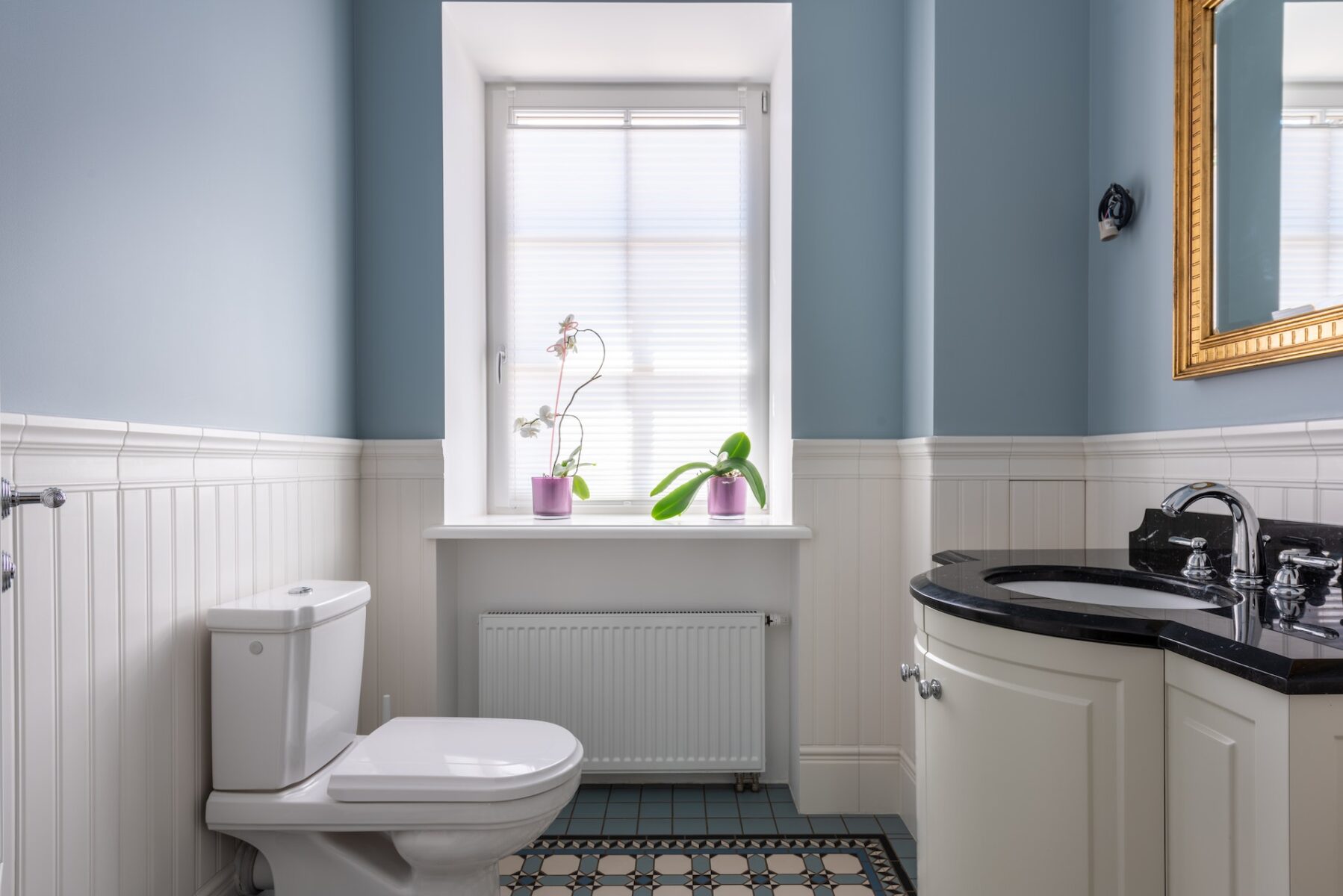Choosing the Right Cabinets: Can I Use Kitchen Cabinets For Bathroom Vanity

When repurposing kitchen cabinets for a bathroom vanity, selecting the right ones is crucial. You’ll want cabinets that are moisture-resistant, durable, and aesthetically pleasing. This section will guide you through the process of choosing the perfect cabinets for your bathroom.
Cabinet Materials
The material of your cabinets will significantly impact their longevity and suitability for a humid environment. Here’s a comparison of popular cabinet materials:
| Material | Moisture Resistance | Durability | Aesthetics |
|---|---|---|---|
| Wood | Good, with proper sealing and finishing | High, but susceptible to warping and swelling without proper care | Wide range of styles and finishes |
| Laminate | Excellent, resists moisture and stains | High, resistant to scratches and dents | Wide variety of colors and patterns |
| Metal | Excellent, naturally resistant to moisture | Very high, durable and long-lasting | Modern and industrial styles |
Essential Features
When selecting kitchen cabinets for your bathroom vanity, consider these essential features:
- Storage Space: Evaluate your bathroom storage needs. Choose cabinets with enough drawers, shelves, and compartments to accommodate your toiletries, towels, and other essentials.
- Countertop Material: Select a countertop material that is moisture-resistant and durable, such as granite, quartz, or laminate. These materials are also easy to clean and maintain.
- Sink Compatibility: Ensure that the cabinet’s dimensions and design accommodate the sink you’ve chosen. Consider the sink’s size, shape, and mounting style.
Installation and Modifications

Installing a bathroom vanity from repurposed kitchen cabinets requires careful planning and execution. You’ll need to consider plumbing installation, countertop selection, and waterproofing measures to ensure a durable and functional vanity.
Plumbing Installation
Installing plumbing for your bathroom vanity involves connecting the sink drain and water supply lines. It’s essential to follow local plumbing codes and ensure proper sealing to prevent leaks.
- Determine Drain Location: Decide on the position of the sink drain and mark the location on the cabinet base. Ensure it aligns with the existing drain pipe in the bathroom floor.
- Cut Drain Hole: Use a hole saw or a jigsaw to create a hole in the cabinet base for the drain pipe. The size of the hole should match the diameter of the drain pipe.
- Install Drain Trap: Connect the drain pipe to the drain trap, which prevents sewer gases from entering the bathroom. The trap should be securely fastened under the cabinet.
- Connect Water Supply Lines: Connect the hot and cold water supply lines to the faucet and then to the water shut-off valves in the bathroom. Use compression fittings or other appropriate methods for secure connections.
- Test for Leaks: Once the plumbing is installed, test for leaks by turning on the water supply and checking for drips or water pooling under the cabinet.
Countertop Installation, Can i use kitchen cabinets for bathroom vanity
The countertop is a key element of your bathroom vanity. It should be durable, moisture-resistant, and complement the overall style of your bathroom.
- Choose a Countertop Material: Select a countertop material suitable for bathroom use. Common options include granite, marble, quartz, laminate, and solid surface materials. Consider factors like durability, cost, and maintenance requirements.
- Measure and Cut Countertop: Measure the dimensions of the cabinet top and cut the countertop to size. Use a specialized countertop cutting tool or a circular saw with a diamond blade for precise cuts.
- Install Support Brackets: Install support brackets underneath the countertop to provide structural support and prevent sagging. The number and placement of brackets depend on the countertop material and size.
- Attach Countertop to Cabinet: Securely attach the countertop to the cabinet using construction adhesive and screws. Ensure a tight fit and even alignment.
- Finish Edges and Install Sink: Finish the edges of the countertop with a decorative edge trim. Install the sink using appropriate sealant and fasteners to prevent leaks.
Sealing and Waterproofing
Protecting your repurposed kitchen cabinets from moisture damage is crucial in a bathroom environment. Proper sealing and waterproofing are essential.
- Clean Cabinets Thoroughly: Before applying sealant, clean the cabinets thoroughly with a mild detergent and water. Allow them to dry completely.
- Apply Waterproofing Primer: Apply a water-based waterproofing primer to all surfaces of the cabinet. The primer creates a barrier against moisture penetration.
- Seal with Waterproof Paint or Coating: Apply a waterproof paint or coating to the cabinets. Choose a paint or coating specifically designed for bathroom use and allow it to dry completely.
- Caulk Joints and Seams: Use a high-quality silicone caulk to seal any joints or seams between the cabinet panels, countertop, and sink. Apply the caulk smoothly and evenly to prevent water intrusion.
Installing Sink, Faucet, and Mirror
The final step in creating your bathroom vanity is installing the sink, faucet, and mirror. These elements complete the functionality and aesthetic appeal of your vanity.
- Install Sink: Follow the manufacturer’s instructions for installing the sink. Use a sealant to prevent leaks and ensure a secure fit.
- Install Faucet: Connect the faucet to the water supply lines and install it on the countertop. Use a wrench to tighten the faucet securely.
- Install Mirror: Mount the mirror above the vanity using appropriate hardware. Ensure the mirror is securely mounted and level.
